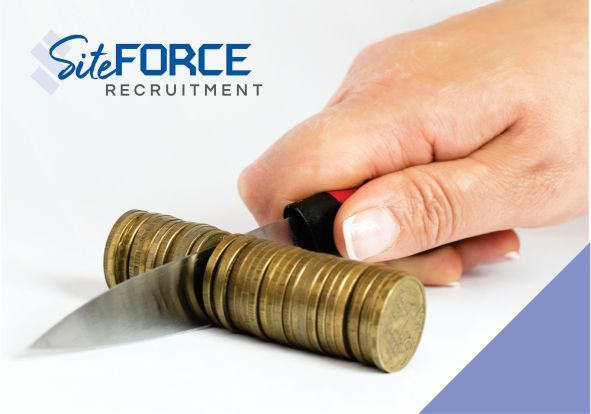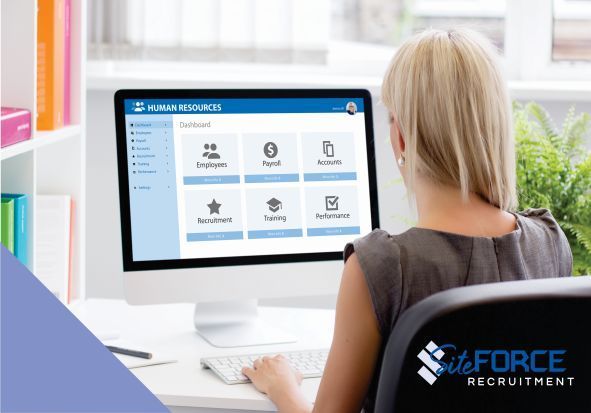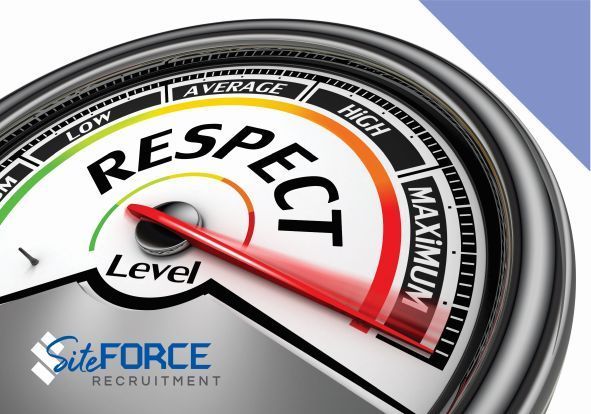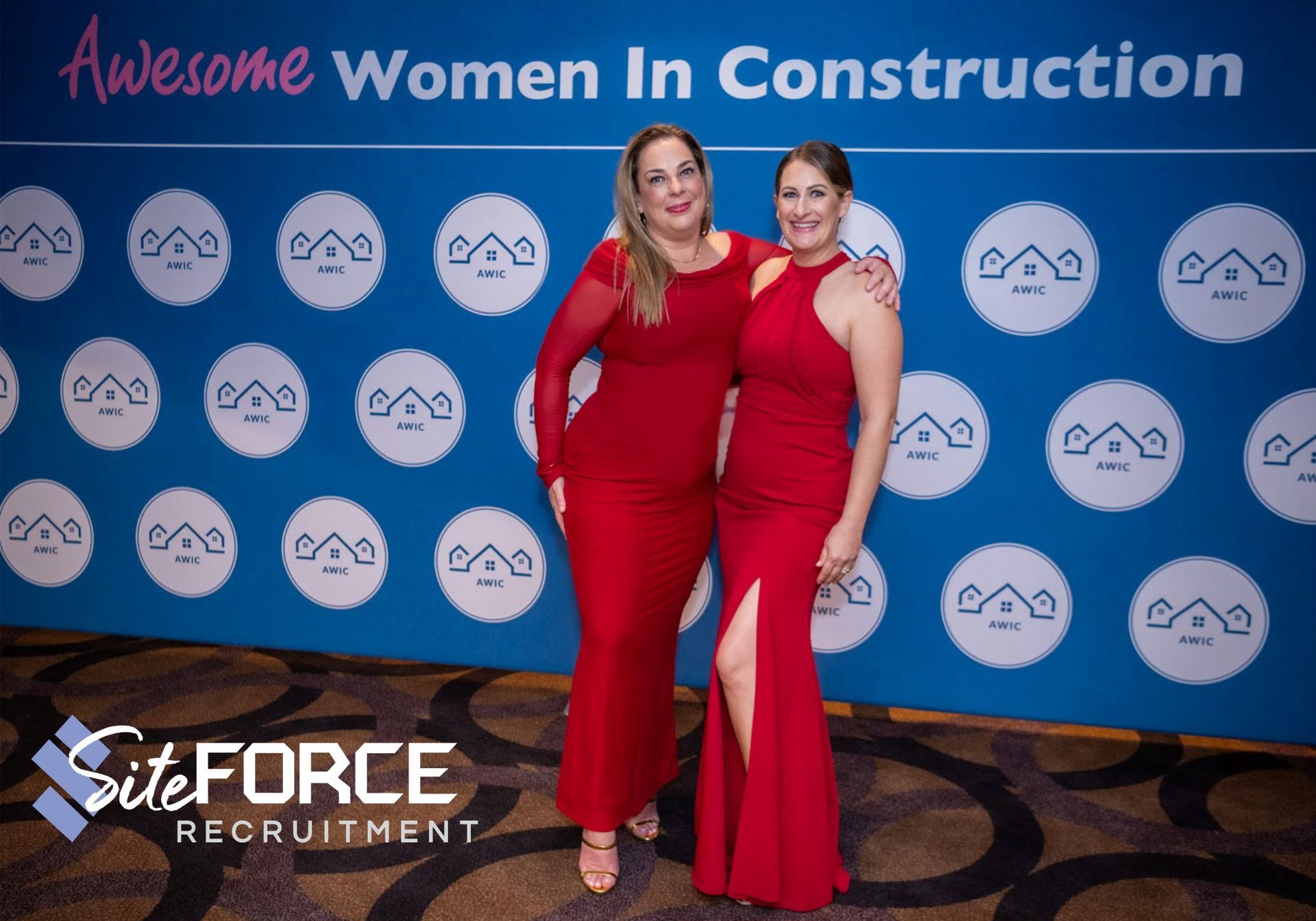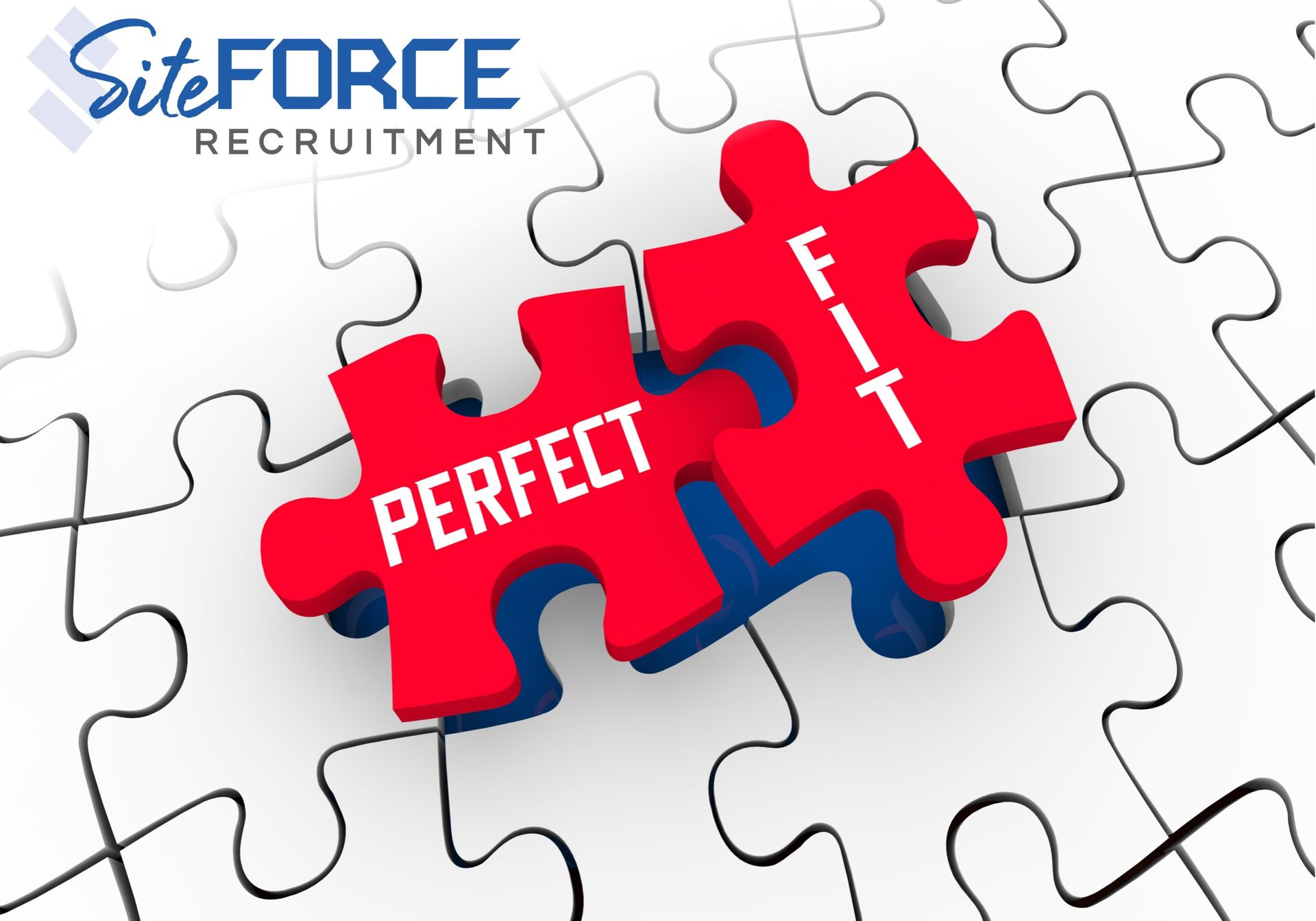SEEK TO UNDERSTAND – NOT SIDELINE
Unconscious Bias in the Construction Industry
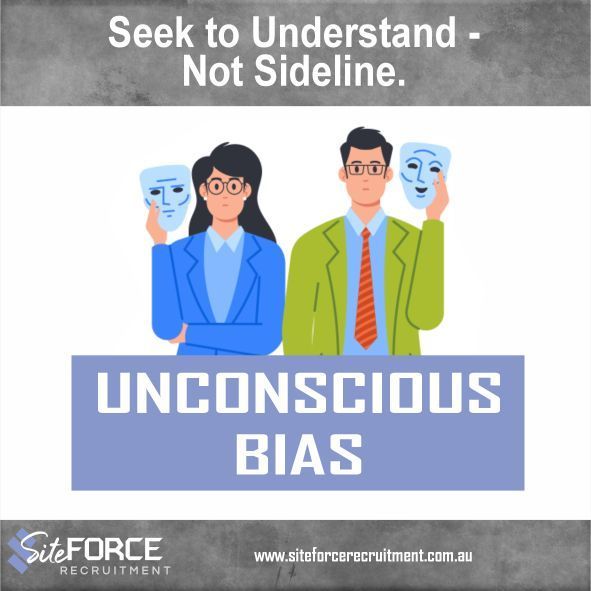
In the intricate weave of human interactions, understanding one another is a cornerstone of meaningful connections and fostering a harmonious culture in our workplaces.
However, woven into the fabric of our perceptions is the subtle and often unnoticed thread of ‘unconscious bias’, shaping our judgments and influencing our behaviour without conscious awareness.
It was disappointing to read in the news this morning with a leading headline ‘Gender pay gap culprits revealed’. It is time for some conscious awareness in this area for sure, and with some of the worse offenders being named and shamed for paying men significantly more than women with some of the nation’s largest employers will be publicly revealed today. Workplace Gender Equality Agency who will reveal the data is hoping to be a ‘catalyst of improvement’ as it made employers accountable. The agency found male-dominated industries such as mining, energy, water, finance and construction were more likely to have pay gaps in the top 50%, with some firms paying a 51.3% difference, with the disparity calculated by comparing same roles and all benefits with pay rates.
What is unconscious bias?
Unconscious bias refers to the: ‘automatic, involuntary, and often unnoticed prejudices or preferences that individuals hold towards certain groups of people based on characteristics such as education, gender, age, intellect, race, socioeconomic, or other factors. These biases can shape attitudes, decisions, and behaviours in subtle ways, influencing how individuals perceive, interact with, and make judgments about others.’
Unconscious bias operates at a subconscious level, often stemming from societal stereotypes and cultural conditioning. Importantly, individuals may not be consciously aware of these biases, making them challenging to identify and address without intentional self-reflection and awareness. Understanding and acknowledging unconscious bias are critical steps in fostering fair, inclusive, and equitable environments in various aspects of life, including the workplace, education, and social interactions.
I’ll you two examples of interactions on-site of first introductions that I’ve heard recently to see if you can see where ‘unconscious bias’ may be playing out:-
- Example One: A highly proficient and respected site supervisor, who is of Islander descent, regularly gets asked by people coming onto site “Who’s in charge mate”. Here’s the kicker. He is constantly presented with their shocked faces when he answers “I am mate, I’m the site supervisor” - followed by the other person’s stunned, fumbling apologies and responses afterwards.
- Example Two: A highly educated and experienced Project Manager with Engineering Qualifications, who happens to be of Nigerian descent, being asked as a first question “Where are you from mate?” as people see his colour first.
Do you think in both examples above, there is a better way?
Self-reflection
To navigate the delicate dance of interpersonal relationships with grace and empathy, it becomes imperative to not only seek understanding but also to cultivate a heightened awareness of our own biases. Unravelling the layers of preconceived notions allows us to see each other more clearly, fostering a culture of inclusivity and mutual respect. This begins with acknowledging the existence of unconscious bias, undertaking self-reflection of where it manifests for yourself, and embracing the commitment to unravel its complexities and educating our workplaces to promote a richer, more inclusive and interconnected world.
This article delves into the manifestations of unconscious bias in the construction industry, supported by relevant statistics and research, and offers practical tips to recognise, address and educate your staff and crews about these biases effectively.
The Seed of Unconscious Bias and The Australian Construction Industry
Our industry is an integration of diverse talents from many cultural backgrounds. After World War II, Australia experienced a period of economic and social change. The construction industry played a significant role in the post-war reconstruction efforts, but it also witnessed various challenges, including issues related to prejudice and discrimination.
One notable aspect was the mistreatment and discrimination faced by certain groups of construction workers, particularly those that were immigrants or belonged to minority communities. Many immigrants who arrived in Australia to fill labour shortages at that time faced discrimination, racism and xenophobia, lower wages, substandard conditions and social isolation.
The problems of that era were the impetus for Australia to make substantial efforts to address these historical issues and promote inclusivity and diversity in the workforce. The country has implemented a wide range of legislation including anti-discrimination laws and policies to ensure fair treatment for all workers, regardless of their background. The aim is to provide a fair and equal opportunity for all, and we’ve come a long, long way. Australia should be very proud of it’s efforts, but there is still more work to do in implementing what we know.
In today's context, people no longer find their identities, gender, nationality or location limiting factors in their pathway, and many are exploring opportunities in the construction industry, both domestically and internationally, for a multitude of reasons such as career prospects, personal relationships, financial considerations, or familial ties. At the same time, employers have a plethora of diversity to choose from, and getting it right is important. After all, making the right hire for your business has never been more paramount. The stakes of the wrong hire can disrupt performance, profit, culture and succession planning.
The Benefits For You:
Recognising your own unconscious bias is a transformative process that can lead to personal growth, improved relationships, and a positive impact on the broader social and professional environments in which you engage.
1. Increased Self-Awareness: Identifying and acknowledging your unconscious biases fosters greater self-awareness. This awareness enables you to understand your thought patterns and assumptions, leading to a more informed and conscious decision-making process.
2. Enhanced Decision-Making: Once you recognise your biases, you can make more objective and fair decisions. Being aware of potential biases allows you to question and challenge them, leading to more equitable and just choices in various aspects of your life.
3. Improved Interpersonal Relationships: Understanding your biases helps you interact more effectively with diverse individuals. It promotes empathy and reduces the likelihood of unintentionally causing discomfort or misunderstanding in your personal and professional relationships.
4. Promotion of Inclusivity: Recognising unconscious bias is a crucial step in creating a more inclusive environment. By addressing your biases, you contribute to fostering diversity and inclusivity in your workplace, community, and social circles.
5. Professional Growth: In a professional context, acknowledging your unconscious biases can enhance your leadership skills. It allows you to create a more inclusive and equitable work environment, fostering a culture that values diversity and promotes collaboration.
6. Conflict Resolution: Understanding your biases helps you navigate conflicts more effectively. By approaching disagreements with an awareness of potential biases, you can work towards resolutions that are fair and considerate of all parties involved.
7. Cultural Competence: Recognising your unconscious biases contributes to cultural competence, enabling you to navigate and appreciate cultural differences. This is especially important in our interconnected world, where individuals from diverse backgrounds often interact.
8. Learning and Growth: Embracing the recognition of unconscious bias is an ongoing process of learning and growth. It encourages a mindset of continuous improvement and openness to challenging preconceived notions, fostering personal development.
How Do We Navigate Unconscious Bias?
As these diverse backgrounds converge to contribute skills and expertise, subtle biases can emerge, impacting decision-making processes, team dynamics, and overall collaboration. The problems may manifest in the form of misunderstandings rooted in cultural differences, language barriers, and unconscious assumptions about work styles. To navigate these challenges successfully, fostering cultural intelligence within the industry becomes imperative.
This involves promoting cultural awareness and inclusivity training for all stakeholders, encouraging open and respectful communication based on skills and training, not race, gender, age or colour. Open communication channels that facilitate discussions that recognise and welcome diverse perspectives, and actively seeking to understand and appreciate the unique contributions each person brings can harness and create a more inclusive and effective working environment.
To navigate the delicate dance of interpersonal relationships with grace and empathy, it becomes imperative to not only seek understanding but also to cultivate a heightened awareness of our own biases. Unravelling the layers of preconceived notions allows us to see each other more clearly, fostering a culture of inclusivity and mutual respect. This journey begins with acknowledging the existence of unconscious bias and embracing the commitment to unravel its complexities, promoting a richer, more interconnected world.
Education Bias in the Construction Industry
In my experience, attitude and aptitude need to be measured carefully to find the right candidate, not just what stacks up on paper. Education bias is a common yet often overlooked aspect of unconscious bias in the recruitment industry. Employers may subconsciously favour candidates from prestigious institutions or holding a pre-determined degree, assuming a correlation between academic pedigree, a particular degree and job performance. This bias can exclude highly qualified individuals from diverse educational backgrounds, outstanding work experience and performance who display fantastic attitudes and the right set of soft skills needed for success.
To combat education bias, hiring managers and recruiters should focus on skills (both hard and soft), experiences, and certifications relevant to the job rather than relying solely on academic credentials.
- Example: A hiring manager may unconsciously dismiss a candidate with extensive hands-on experience but lacking a degree in favour of a candidate with a prestigious university qualification.
Tip: Don’t rely on the paperwork. Encourage a deeper diver into the candidate’s suitability and use the whole range of skills a candidate brings to the table: expertise, experience in the field in similar roles or skills that are transferrable, understanding of job requirements, a network of contacts, emotional intelligence, prior success, certifications, practical experience and a great attitude. You may want to read more on this subject in my articles:
Decoding Body Language and
The Limitations of Personality Indicators in Recruitment
Gender Bias in the Construction Industry
Gender bias is another pervasive issue in the Construction industry, where women remain underrepresented. According to the National Association of Women in Construction (NAWIC), women make up only 9.9% of the construction industry workforce.
Stereotypes perpetuating the belief that construction work primarily requires physical strength significantly contribute to gender bias within the industry, and in the professional realm, that women don’t have the level of knowledge or expertise that male counterparts do. This bias extends beyond limiting opportunities for women in various roles, may extend to gender pay gaps, and it also results in the perpetuation of harmful assumptions about their abilities.
For example, qualified women in construction may not only be overlooked for certain positions based on preconceived notions of physical or other capabilities, but they may also encounter microaggressions. These microaggressions can manifest in subtle yet damaging ways, such as being questioned about their competence or facing scepticism about their proficiency in traditionally male-dominated roles. These instances of unconscious gender bias not only impede the career advancement of capable women in the construction sector but also reinforce the need for systemic changes to foster a more inclusive and equitable work environment.
- Example: An experienced and highly qualified female project manager is overseeing a major construction project. Despite her impressive track record and expertise, she constantly faces subtle gender bias from some team members. During project meetings, she notices that her ideas are sometimes met with scepticism and there’s an underlying assumption that she may not have the same level of technical knowledge as her male counterparts. Additionally, she encounters microaggressions, such as being interrupted or having her authority questioned in ways that her male colleagues may not experience. She finds her is being overlooked in decision-making processes, receiving less constructive feedback, and her leadership capabilities and opportunities dismissed solely based on gender stereotypes. Unconscious bias may influence perceptions of her competence, potentially hindering career advancement and impacting the overall work dynamics.
Tip: Promote gender diversity by actively recruiting women, implementing flexible work policies, and challenging stereotypes through awareness campaigns. Encourage a workplace culture and training that values diversity and inclusivity. These sessions can provide insights into the impact of gender bias, offer practical strategies for recognising and mitigating biases that prevent a respectful and equitable environment where everyone’s contributions are value based on merit rather than gender stereotypes.
In my article “Silence No More – Dismantling Sexual Harassment’, I offer safe work systems and procedures to implement and also highlight that power imbalance and inequality often leads to increasing the risk of sexual harassment, and encourage implementing policies and strategies to address gender inequality, lack of diversity and power imbalances that may be useful also to read up on.
Age Bias in the Construction Industry
According to the Australian Bureau of Statistics, the census count by generation revealed the following population statistics by age:-
12.0% Gen Alpha (0-9 years)
18.2% Gen Z (10-24 years)
21.5% Millennials (25-39 years)
19.3% Gen X (40-54 years)
21.5% Baby Boomers (55-74 years)
07.4% Interwar (75 years and over)
One facet in the nuanced challenge of unconscious bias, and an often-overlooked form of discrimination that can shape hiring practices, career advancement and team collaborations is age bias. According to the Australian Human Rights commission, age discrimination is a prevalent issue across industries, not just construction. The Commission reports that age discrimination complaints accounted for 20% of all complaints.
I wrote in detail about the strength of adapting an intergenerational workforce in my article “Boomers, Zoomers and Beyond” . This article discusses research that shows how having a diverse age range in the workplace can be a major boost. However, I still see unconscious bias manifesting regularly in the recruitment industry in examples like these below:-
- Example: The Youthful Stigma:
In a sector known for its reliance on experience and hands-on skills, young candidates entering the Australian Construction industry often find themselves grappling with stereotypes related to their age. Hiring managers may unconsciously favour candidates with more years under their belts, assuming that youth equates to inexperience. This bias not only limits opportunities for talented young individuals but also stifles the injection of fresh ideas and technological prowess that the younger workforce often brings.
- Example: The Senior Struggle:
Conversely, seasoned workers, despite their wealth of experience, can face age-related bias that manifests in various ways. Older workers might find themselves pigeonholed into roles perceived as less physically demanding, or they may encounter scepticism about their ability to adapt to rapidly evolving technologies or faster moving environments. These biases not only undermine the potential contributions of older employees and wisdom gained from their vast exposure and experience in the industry but also perpetuate a culture that values youth over experience.
Tip: Encourage recruiters and hiring managers to focus on skills, competencies, and potential rather than making assumptions based on age. Implement blind recruitment processes to ensure fair evaluation without preconceived notions. Further, foster an environment that values the unique strengths of both younger and older workers. Implement mentorship programs that facilitate knowledge transfer, whilst providing avenues for fresh perspectives to be heard.
Intellect Bias in the Construction Industry
Intellect bias involves making assumptions about an individual's intelligence based on factors such as race, accent, communication style, or even job role. This bias can result in the underestimation of certain employees, hindering collaboration and innovation.
Research suggests that biases related to intellect often stem from cultural differences or non-traditional career paths. To combat this bias, organisations should encourage open communication, value diverse perspectives, and create a culture that values the unique skills each individual brings to the table.
Example: Besides the example provided in the opening paragraphs, another instance of unconscious bias can be observed when a construction worker with a distinct accent faces potential underestimation in their capacity to contribute valuable ideas during a project meeting. This bias may manifest through inadvertent dismissals of their insights or a tendency to overlook their suggestions due to preconceived notions linked to linguistic diversity.
Such biases can result in missed opportunities for innovation, as the construction worker's unique perspective and expertise may not be fully recognised or acknowledged. Unconscious biases may inadvertently sideline valuable contributions, hindering collaborative efforts and the overall progress of the project.
Tip: Foster a culture that values diverse communication styles and promotes active listening. Encourage team members to share their thoughts and ideas openly, creating an environment where intellect bias is challenged and overcome.
Race Bias in the Construction Industry
Race bias remains a significant challenge in the Construction industry, with minorities often facing discrimination during recruitment, promotions, and daily interactions. One example of race bias is the "glass ceiling" effect, where minorities may find it difficult to advance beyond a certain level in their careers. To counteract race bias, companies should implement diversity and inclusion programs, provide cultural sensitivity training, and actively promote equal opportunities for career progression.
- Example: Once again, besides the example provided in the opening paragraphs, a qualified minority candidate may be overlooked for a leadership position due to unconscious biases rooted in race-related stereotypes, subtle assumptions about someone’s capabilities or work ethic, potentially undermining their chances of recognition and advancement. Racial stereotypes might cloud the assessment process, depriving the company of valuable perspectives but also perpetuate systemic inequalities by hindering professional growth of qualified individuals from minority backgrounds.
Tip: Foster an inclusive work environment through mentorship programs, diversity training, and leadership development initiatives to break down racial barriers and encourage equal opportunities for all employees.
Let’s Talk Safety!
Yes, I know. This is a subject that comes up all the time from hiring managers, employers and team managers. The issue of safety and the ability to speak and understand English. I know of an incident recently when a fire alarm test was being conducted on site, and a group of foreign plasterers were just standing there, not moving. When approached to take part in the exercise, the group did nothing but smile and nod, but did not move, as they simply could not speak English at all, they did not understand the alarms, nor what they were being told. No one in the group or nearby could translate and time was taken to help them move.
Of course, workers or their HSR’s have the right to refuse to carry out or stop unsafe work if there is a reasonable concern that the worker or others will be exposed to a serious risk to their health or safety from an immediate or imminent hazard. In my view, this is obviously a severe risk to the safety of all involved.
However, this article is not about bias towards those that do not speak English, it is about unfolding and discovering what your own unconscious bias is, and how do you develop respectful questions to understand a person’s capacity and capability. It is seeking to understand, not assuming.
The case above presents a clear cut safety issue. However, the fellow that approached the group saw a situation developing and asked the right questions, in the right order, and quickly. He did not display unconscious bias but sought to understand and provide assistance. It then unfolded that language was the problem. However, his respect lead the conversation.
The two key here are: seek to understand first, and lead with respect!
You may want to read my article “Lost In Transaction: Skill Shortages with Overseas Employees” that discusses further the issues surrounding using overseas workers for more information.
Unconscious bias in the construction industry, whether based on education, race, gender, age or intellect, poses a significant threat to diversity and inclusion. Recognising these biases is the first step towards creating a more equitable workplace. By implementing proactive measures, such as skills-based hiring, diversity programs, and inclusive workplace practices, the Construction industry can break free from the constraints of unconscious bias and harness the full potential of its diverse workforce. It is essential for industry leaders, managers, and employees alike to actively challenge and dismantle these biases, creating an environment where talent, irrespective of background, can thrive and contribute to the industry's continued success.
Our Superpower
Our leading 'superpower' is attracting and retaining quality team members who share our values of honesty, integrity, diligence, and service, allowing us to deploy quality team members on client sites quickly.
Our team member's superpower is being motivated, prepared and ready to enthusiastically contribute to the projects at hand, more than just a pair of hands.
Related articles:
Read other informative articles for both employers and workers at: https://www.siteforcerecruitment.com.au/blogs
Chantal Penny is the Director with Superpowers of SiteForce Recruitment. A thought leader in the industry, Chantal, based on her expertise and industry perspective, offers unique guidance, inspiration, and influence in the industry. Chantal Penny is also a thought leader in the industry with her Podcast, Talent Instinct, which is available at:
https://talentinstinctpodcast.libsyn.com/site
At SiteForce Recruitment, we specialise in labour-hire and permanent recruitment in the construction industry. We are committed to valuing people, safety and wellbeing, collaboration, trust and, of course – results!
CONNECT with us via our contact page or bookings links on our website if you are looking to recruit for, get your dream job, or join our amazing labour force team.



